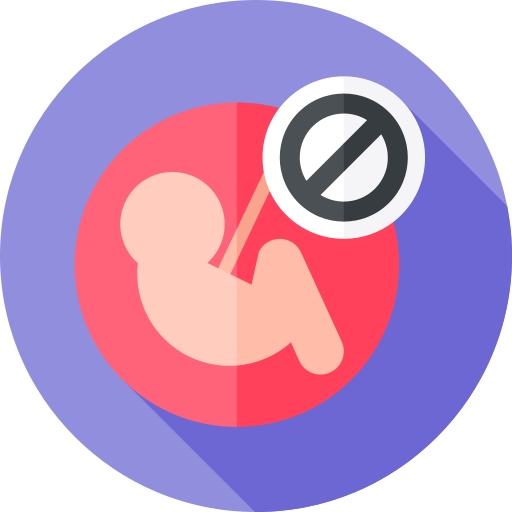
Oocyte Pick up
Embryo culture
Fertilization
The semen sample is re-examined before or after egg retrieval. After washing and preparation, the semen is incubated in a culture medium containing albumin for 30-40 minutes to capacitate the sperm. Generally, for conventional IVF, 50,000-100,000 progressively motile sperm per egg are considered and incubated with the egg at 37°C, 5-7% carbon dioxide, and 98% relative humidity for 12-18 hours.

The fertilization rate in conventional IVF is approximately 50-70%. In couples undergoing IVF cycles, male factors are a common cause of infertility. In cases with male factors or a history of failed fertilization, ICSI can be used to achieve fertilization. In ICSI, the acrosome reaction in the sperm or the binding of the sperm to the egg membrane, which occurs in natural fertilization, is not necessary. Instead, the mechanical disruption of the ooplasm and sperm membranes (facilitated by the immobilization of the sperm and gentle aspiration and reinjection into the ooplasm) activates the egg. In most cases, the fertilization rate achieved with ICSI is comparable to the fertilization rate in conventional IVF (in the absence of a male factor) (50-70%). The primary indication for ICSI is male factor infertility.
Other indications for ICSI include: sperm obtained through surgery, cases requiring preimplantation genetic diagnosis, history of failed conventional IVF, poor fertilization rates, in vitro matured oocytes, and use of frozen oocytes. ICSI may be associated with higher fertilization rates. In the absence of male factor infertility, ICSI offers no advantage over conventional IVF. In fact, evidence suggests that conventional IVF results in higher implantation and clinical pregnancy rates. Approximately 18-20 hours after IVF and 16-18 hours after ICSI, the fertilized egg (zygote) is examined for the presence of two pronuclei (2PN), one from the sperm and one from the egg.
A naturally fertilized egg has two pronuclei (one derived from the egg and the other from the sperm) and two polar bodies in the perivitelline space. Zygotes should be carefully examined for the presence of extra pronuclei, as polyploid embryos may undergo normal cleavage and may not be identifiable in later stages of cleavage division. Polyploidy is found in approximately 5-10% of all embryos, but is more common in immature oocytes than in mature oocytes (approximately 30% versus 1-2%).
Polyploidy, in addition to polyspermy, can occur due to the fertilization of a diploid oocyte (digeny) resulting from meiotic spindle errors. These events are more frequent in immature and postmature oocytes. In CSI, four percent of zygotes show signs of digynic triploidy. In these zygotes, one sperm is present in the oocyte but the second polar body has not been extruded. In these cases, the chromosomes of the three pronuclei organize into a bipolar spindle during syngamy, indicating that only one centromere derived from a sperm is active.
The probability of a one-pronucleus (1PN) zygote in IVF is 2% and in ICSI is 5%. The presence of a three-pronucleus (3PN) zygote in IVF is the most common fertilization anomaly in humans. This condition is mostly caused by dispermy (3PN, 2 polar bodies). Most of these embryos divide, but their development is arrested at later stages of growth. Generally, both pronuclei should be located in the central part of the oocyte cytoplasm. Predicting chromosomal abnormalities is possible by examining the position of pronuclei in the cytoplasm, their size, the distribution of nucleoli, and determining the position of the polar body relative to the pronuclei (Table 2). The fertilization process takes about 24 hours and ends with the first mitotic division (cleavage).
Source: Clinical Approaches to Infertility in Reproductive Biology
Also read:



